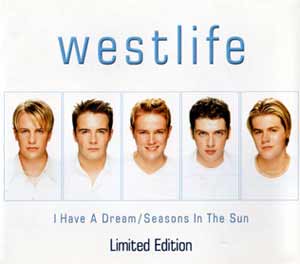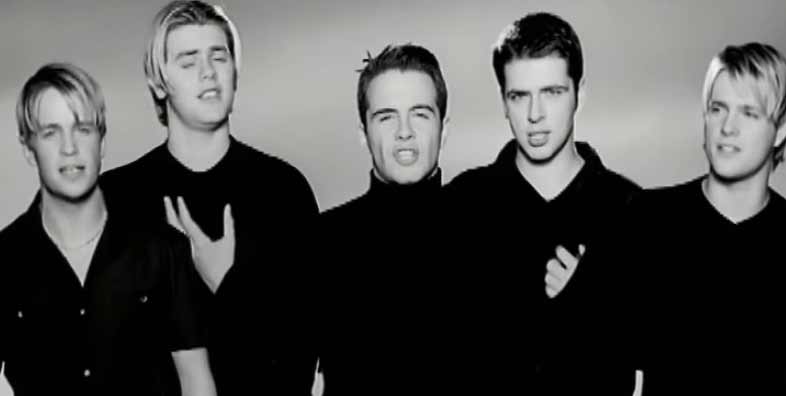
Westlife – “Seasons in the Sun”: Farewell Wrapped in Boyband Harmony
Released in December 1999 as part of a double A-side single with their cover of ABBA’s “I Have a Dream,” Westlife’s version of “Seasons in the Sun” marked a shift toward deeper emotional expression for the rising Irish pop group. Known at the time for sleek romantic ballads and polished vocal arrangements, the group took on this somber classic and reshaped it with their signature sincerity and layered harmonies.
It was a bold move — a song about mortality wrapped in soft lighting and major chords — and it paid off in full.
A Classic, Reimagined for a New Generation
Originally written in 1961 by Jacques Brel as “Le Moribond,” and popularized in English by Terry Jacks in 1974, “Seasons in the Sun” is essentially a goodbye letter from someone on the edge of death. Rod McKuen penned the English adaptation, softening the original’s cynicism for a more sentimental take. Westlife didn’t rewrite or reframe it; instead, they leaned into the gentle heartbreak.
Their version is lusher, more orchestral, and vocally smoother than Jacks’ guitar-driven hit. With warm piano lines, sweeping strings, and pristine production, it became a kind of lullaby for letting go.
Harmonies That Carry the Message
Westlife’s signature vocal blend brings new emotional weight to the song. Each member takes a turn on the verses, giving space to the narrative of farewell while maintaining a steady, understated tone. The chorus — “We had joy, we had fun, we had seasons in the sun” — feels more like a quiet goodbye than nostalgic celebration, but the delivery is tender rather than bleak.
It’s sincere without tipping into melodrama — a delicate balance that defined Westlife’s early success.
A Double A-Side, and a Historic Chart Moment
Released in time for the Christmas season, the single was paired with Westlife’s rendition of ABBA’s “I Have a Dream.” This strategic move propelled the double A-side to No. 1 on the UK Singles Chart on 25 December 1999, where it remained for four consecutive weeks. It became the final UK No. 1 of the 1990s and the first of the new millennium, marking a symbolic bridge between pop eras.
The release also solidified Westlife’s status as hitmakers — it was their fourth consecutive UK No. 1, tying the record for most consecutive chart-topping debut singles at the time.
A Video Steeped in Sentiment
The music video for “Seasons in the Sun” is performance-focused rather than narrative-driven. Filmed in soft lighting with a studio or stage-like setup, it shows the band delivering the song with pensive expressions and slow-motion flourishes. It’s visually minimal, but that restraint suits the tone — inviting listeners to reflect, not distract.
Legacy: A Risk That Hit the Right Note
Covering “Seasons in the Sun” was a risk — tackling themes of death and loss isn’t standard boyband territory. But Westlife’s ability to bring warmth and vulnerability to even the heaviest subjects turned it into a massive commercial success. It was certified Platinum in the UK and remains one of their most memorable early releases.
It showed that Westlife could be more than dreamboats singing about first kisses and moonlit nights. They could carry a quiet goodbye, too — and make it beautiful.
